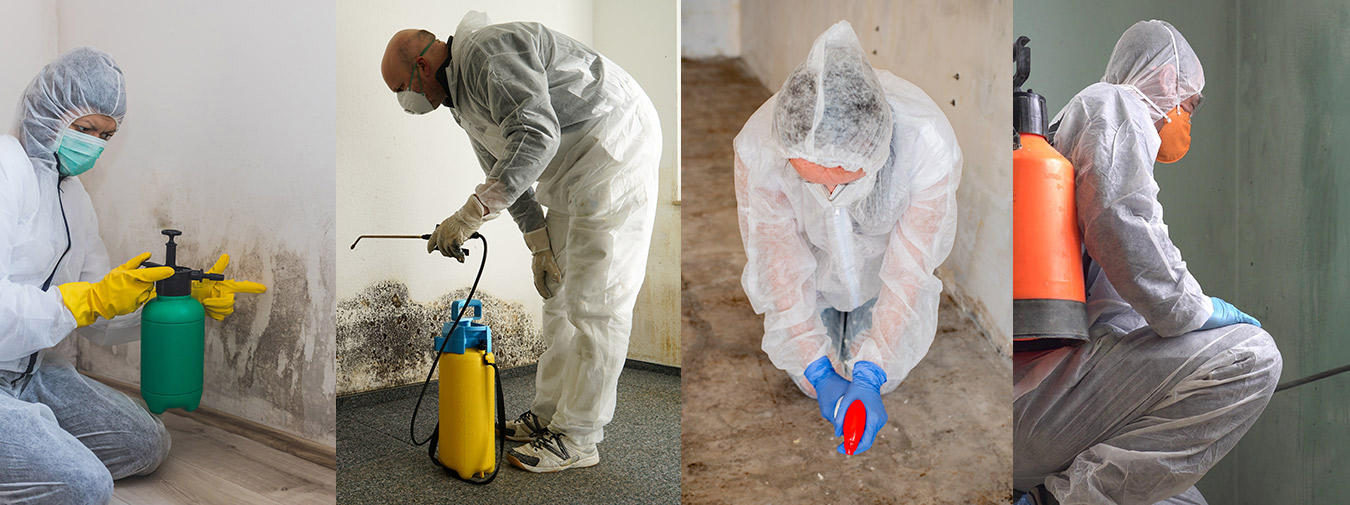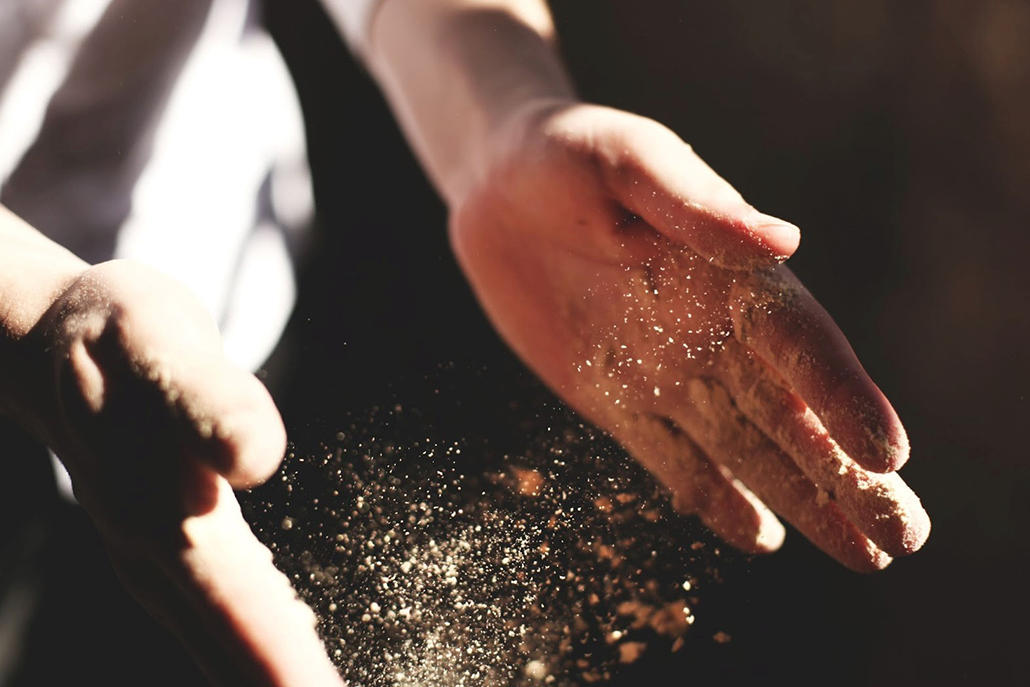Wait… Is That DUST or MOLD?
Dust or Mold – What’s the Difference?
You probably don’t realize how many times you have had mold in your home, and you mistake it for dust. Gravity will always pull dust to the top of a horizontal surface. If you ever find “dust” on the bottom of a surface, such as a shelf, you are looking at mold.
Finding mold in homes is common. Grab a flashlight, shine it on the bottom of a shelf. See anything? That’s not the cute little dust bunny you think it is – although, just like dust, mold will sure make you sneeze.
Mold In Your House
So, what’s the big deal about having mold in your home? Exposure to mold can be potentially harmful to humans and animals. Mold exposure occurs through inhalation of microscopic mold spores. Mold spores contain allergens, irritants and, in some cases, toxins that may trigger adverse reactions in humans.
The severity of symptoms depends on the type(s) of mold present, the extent of exposure, the age of the individual exposed, and their sensitivity to mold allergies. Some mold types can even be deadly, especially when exposure is long-term, undetected, and unremediated.
Effects of Mold Exposure
There is a direct correlation between indoor mold exposure and human disease. Long term exposure to mold may cause the worsening of conditions such as asthma, hay fever or other allergies. The most common symptoms of mold exposure are cough, chest or sinus congestion, runny nose, eye irritations, and aggravation of asthma.
Do you suffer from a cough, persistent sinus issues, shortness of breath, fatigue, weakness, aches, muscle cramps or headaches? These are only a few of the issues you could be facing if you are suffering from mold poisoning! Others include unusual pain, abdominal pain, joint pain, disorientation, confusion, word recollection issues, focus & concentration problems.
Common types of molds found in homes:
Cladosporium
May appear green, brown, or black on the surface. It can cause an allergic reaction and may grow on walls, wood, dust, and insulation.
Aspergillus
Can look gray, brown, yellow, green, white, or black. This type of mold can cause infection in people with weak immune systems and allergic reactions. It can grow on walls, insulation, paper products, soil, clothing, and many other places.
Penicillium
Could appear to be blue, green, or white and can be found on food, such as, fruits, breads, or cheeses, on walls, insulation, and additional places.
Stachybotrys
The infamous black mold It grows in damp areas and creates harmful toxins. This is the mold that can wreak the most havoc on you and the ones you love. It can cause severe health issues, especially in sensitive respiratory systems. But even the strongest respiratory systems, the toughest immune systems, are no match for the sheer force of black mold spores that linger in the air and cling to the fibers of clothing and furniture.
Need Mold Removal?
Now that you know the difference between dust and mold, take it seriously. Your first step – schedule a mold inspection. The experts at TCB EnviroCorp are Could appear to be blue, green, or white and can be found on food, such as, fruits, breads, or cheeses, on walls, insulation, and additional places.
licensed mold specialists trained to get the job done right. We’ll help you find the mold and get rid of mold for good!








